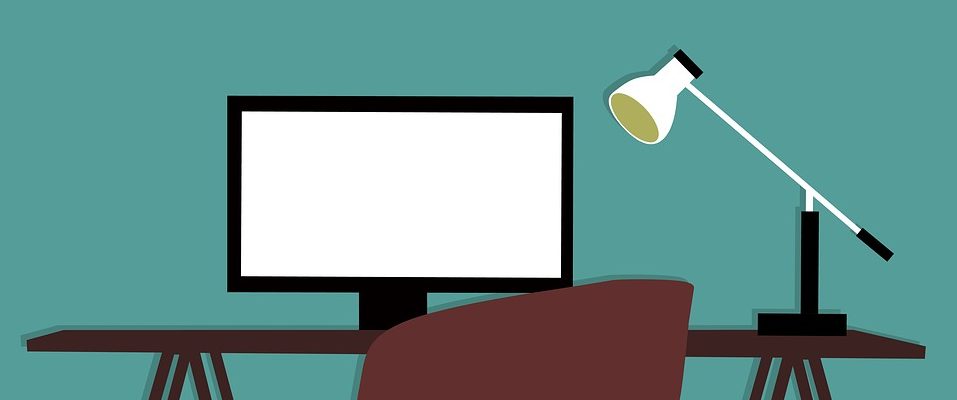Lighting The Way: An Interview With Theatre Tech Wizards
One part of the theatre experience that is often overlooked is the technical side. In this blog, we’re shining a light on the talented technical designers who often illuminate the shows you see at The PumpHouse Theatre, and also provide their talents to theatre productions both nationally and internationally.
I had the opportunity to interview these remarkable humans who shared their insights, experiences, and the magic behind their craft. Enjoy!
MICHAEL (SKIPPY) GOODWIN
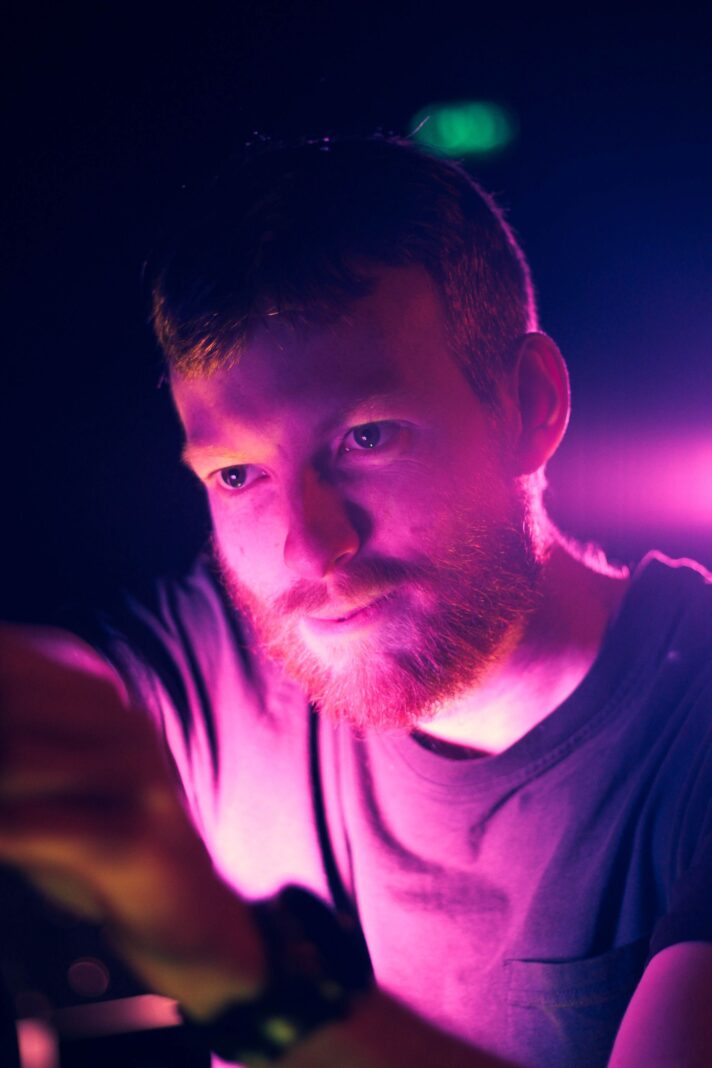
Michael Goodwin is an in-demand Auckland lighting designer and technical programmer/operator. After growing a passion for all things theatre and drama in college, and after completing a Bachelor of Performing and Screen Arts in 2017, Michael fell into lighting design mostly by accident after moving from project to project, and nothing has stopped it since!
MATT GOLDSBRO’
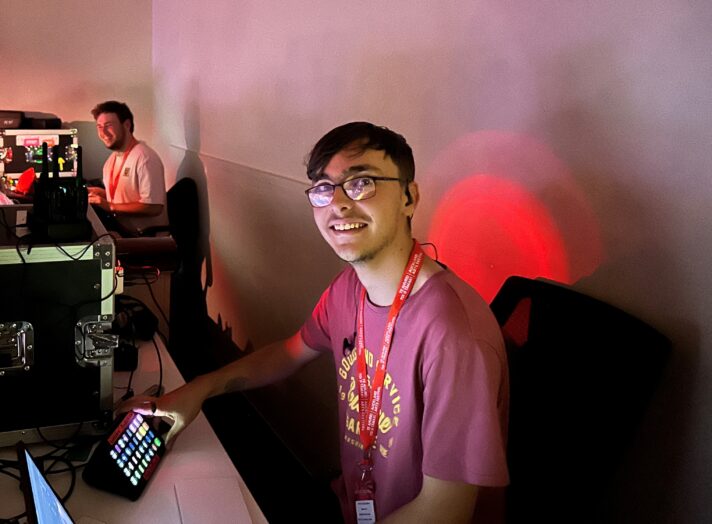
Matt started theatre tech in 2018 while he was in college being taught by Michael Goodwin. Throughout college, Matt tried out different roles from lighting design to stage management but decided that lighting is what he loved. In his later years of college, he was offered his first show outside of school for Auckland Dance Co at The PumpHouse. Matt went along as a follow-spot operator not knowing if he’d like it but he did. During his last year of college, he started doing a lot more shows outside of school mostly doing dance and theatre. In the second half of 2023, he worked on a tour as technical manager which toured Auckland in August 2023 and Northland in March 2024. Each show gave him connections to other shows which has grown the range of clients he works for.
GARETH EVANS
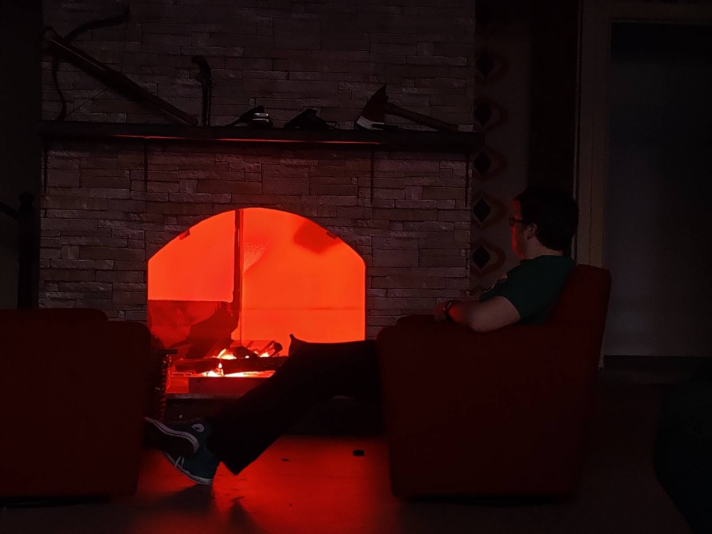
Gareth became interested in how theatre worked as a 12-year-old involved with National Youth Theatre Company, now known as National Youth Theatre. He became particularly interested in lighting and sound technology and, with his brother Geoff, has learned a lot about what does and doesn’t work on stage in the years since. This has also led to Gareth spending most of his time analysing productions he attends, noting techniques that shine or that could have been done differently, rather than just sitting back to enjoy them.
What are some of your favourite projects you’ve worked on and why?
MICHAEL: A cursed question! Recently, running as Head of Lighting for Tim Bray Theatre Company and seeing their absolute love and admiration for children’s theatre go beyond when approaching accessibility, inclusivity and the whole team is a long-standing staple. Champions (Basement Theatre), Dr Drama (Q, VUW, Bats), and Tampocalypse (TAPAC, Meteor) are core lighting design memories of my early career that I’m grateful for. In the non-design world, I’ve thoroughly enjoyed getting stuck into programming and operating shows, the roots of watching others’ designs – The Effect (Auckland Theatre Company), AIGA (Touch Compass), Thelma and Louise (Civic) are recent shows that constantly drive home that I’m so lucky to do what I love every day.
MATT: 3 of my favourite projects are Love and Information, RISE: Regeneration and Labyrinth. Love and Information was my college’s year 13 production in 2022 performed at Q Theatre Loft. For this show, I was the lighting designer and this was my first major theatre show outside of college. It was a fun show because it was at a new venue for me but still connected with the college but still being able to freely design a show and still having support from school staff. The second show, RISE: Regeneration was the second time I worked with Auckland Dance Co. This time I was the lighting designer. The show was at TAPAC which also at the time was a new venue for me. That show was a bit of a stressful show because it was on a lighting console which I had never used before but spending heaps of time before the show learning the console helped but was still rusty when we arrived at the venue. The third show I did a few weeks ago. Labyrinth at Q Theatre Rangatira was such a fun one. I spent nearly 2 months designing the dance show which gave me heaps of time to put my vision and the director’s vision out into the lights. Once the show started it was amazing to see all the hard work pay off on the stage.
GARETH: There’s no single show I’ve worked on that stands out from the rest; I’ve loved my time designing and creating lighting for each one. Every show has its own unique character, and my biggest role as a designer is to bring that to life for the performers and the audience. Sometimes through the use of spectacle, and sometimes through subtlety. It’s important to find that unique point that brings everything together.
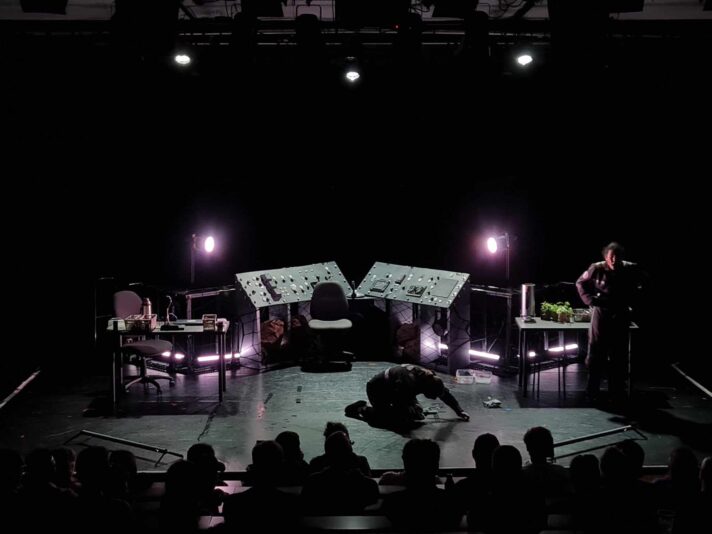
ALONE at Edinburgh Fringe, produced by Glow House Ltd and Dusty Room Productions. Lighting by Michael Goodwin.
What is your creative process and how do you approach designing lighting and sound for a show?
MICHAEL: Everything starts with the script (or vision in those non-scripted projects). I normally read through a script for the first time completely blind and ignoring all sorts of design elements, just to enjoy it. If you can’t enjoy the show you’re involved with, the whole enjoyment factor is completely destroyed, not only impacting you but your fellow creatives and cast. The second time I read through I start writing down rough thoughts about how particular parts make me feel – does this conversation feel warm? Happy? Isolated? Once you start combining these tones with more tangible answers from the script (ie time, place, setting), you start building a great picture of what you want the show to feel like, before working out what it looks like. The best shows I’ve seen have been ones that have blended lighting and sound design so effectively are ones where I have physically felt sick, comfortable, horrified (1984 at the ASB Waterfront in 2018, I’m looking at you…) – rather than just “oh it’s green because they’re in a forest”.
MATT: My creative process for any show is to sit down with the director early on in the process and to get an idea of what the director is wanting. Then later on when the show is mostly blocked, I go and watch a rehearsal and create a plan on how the tech will run with the show. Just constantly running ideas by the director and other crew is such a good way of getting a vision out on stage.
GARETH: The first step is to read the script, and to talk with the director about their concept for the show. Sometimes it’s also useful to talk to other people on the creative team or the cast, especially if we’re coming in later in the process. From these conversations, you can really get a feel for what they are trying to present to the audience, and how it might work with the text. Once you’ve got a good understanding of the show and the concept, the rest generally falls into place, which gives me the ability to create the ambiance and any extra visual spectacle for the show.

Love and Information at Q Theatre, 2022. Lighting by Matt Goldsbro’.
What impact do you believe lighting design has on the overall theatre experience?
MICHAEL: I think technical design in general is such a core component, working alongside the other factors they are the main driving forces of telling your audience the where, why, when of the show, before a single word has been spoken. Lighting designs that are able to mimic society and real life help the audience be completely absorbed into the show, whilst abstract left-field designs allow designers to have full reign of the creative setting, getting to mess with expectations.
MATT: The impact on shows is massive. For theatre lighting helps set the scene. It can show the mood and feel of the show. Lighting can change the show soo much. Lighting has the ability to make a good show great. For live shows like dance, lighting is another person on stage. It can also set the mood but with more power to it.
GARETH: Lighting is genuinely a really important part of the show. Both practically, as without lights the cast cannot be seen, and emotionally as lighting supports & sometimes drives the mood and actions of the actors. So well-considered lighting, specifically crafted to the show, becomes another performer that’s integral to the show.
Lighting also provides critical cues for the audience, as well as ambiance. This conversational cueing for both audience and cast is part of what makes live theatre unique, as part of a shared experience, rather than a movie which is about observing an experience.
What advice would you give to someone aspiring to become a tech or lighting designer in theatre?
MICHAEL: Paperwork. Know your show in and out. Keep learning. Aside from the standard lighting knowledge, the mental strength is also a must have – it can be a lot of long hours; taking breaks and looking after yourself is so, so, often an afterthought! If you’re walking into a theatre you’ve never worked in before, find out as much as you can about it before arriving – what console/lights does it have, what is the setup like, what is the email address and phone number of the closest person that I can ask questions to. Always ask questions, ask, ask. Be the most prepared you can be. Time is money. Sleep.
MATT: Get connected to a local community theatre company. Community theatre is such a good place to get started. It’s also a good place to get connected to other shows. Community theatre is where I started and I’m still part of it.
GARETH: There are so many community theatres in Auckland, and most of which are keen to have people learn and have a go. The basics of lighting programming are easy to learn with someone helping you and then from there it’s learning skills as you need them for projects.
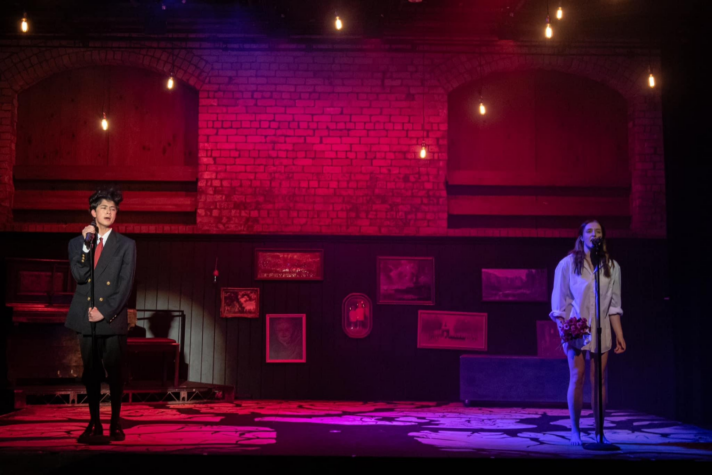
Spring Awakening (2023) produced by Bravi Theatre. Lighting by Gareth Evans.
Can you share a memorable moment from your career?
MICHAEL: Getting to be the technical manager/designer/operator for the “ALONE” project, originally built as an experimental 2020 Auckland Fringe show in the MOTAT hangar, evolved to be toured around the North Island, then an award-spot in Sydney Fringe, and eventually becoming my ticket to a month long season in Edinburgh Festival Fringe last year through the financial support of so many of my closest friends, family and complete strangers. Being able to travel overseas with a design, watching a project morph, grow, and adapt with the varying level of venues, requirements, logistics, time factors – nothing will ever train you as much as that! (we don’t mention the induced stress…)
MATT: A memorable moment I had was late last year when I started my production company. Having other people representing me around the country was scary at first but so worth it. Having more flexibility in my scheduling but still being able to give clients amazing tech has been good.
GARETH: The lighting for ‘Hanna’ really stands out to me. I created this long, gentle fade that slowly pulled her into this tiny pool of light as she felt more and more isolated. Watching this fade, and experiencing the audience’s reaction to it, is genuinely one of the most memorable moments of my time as a designer. It’s what I come back to when I need to remind myself about the impact we can have on productions as designers.

